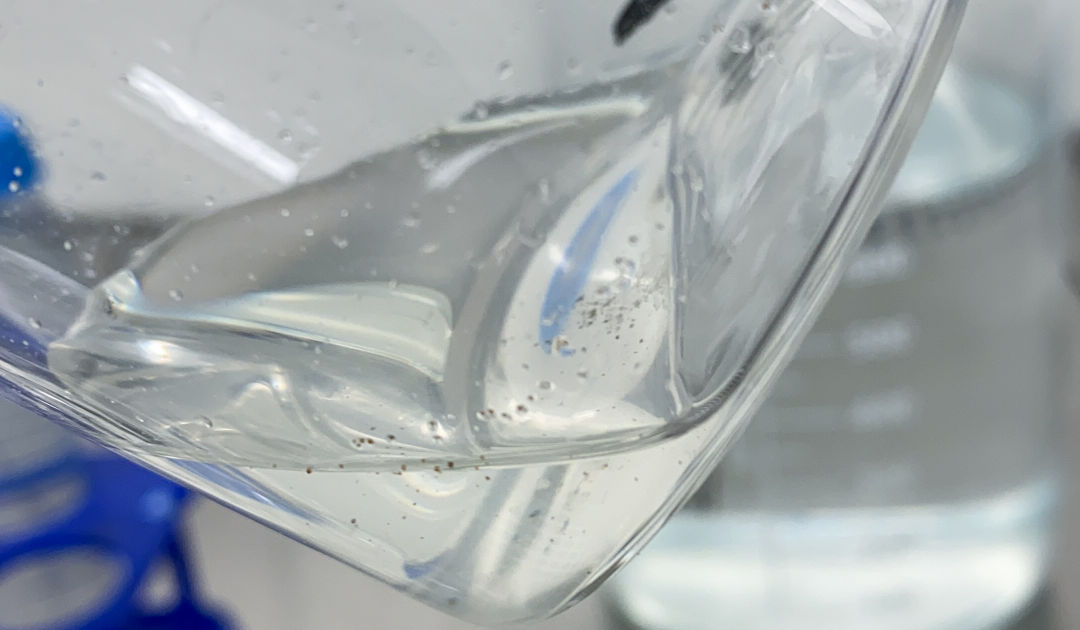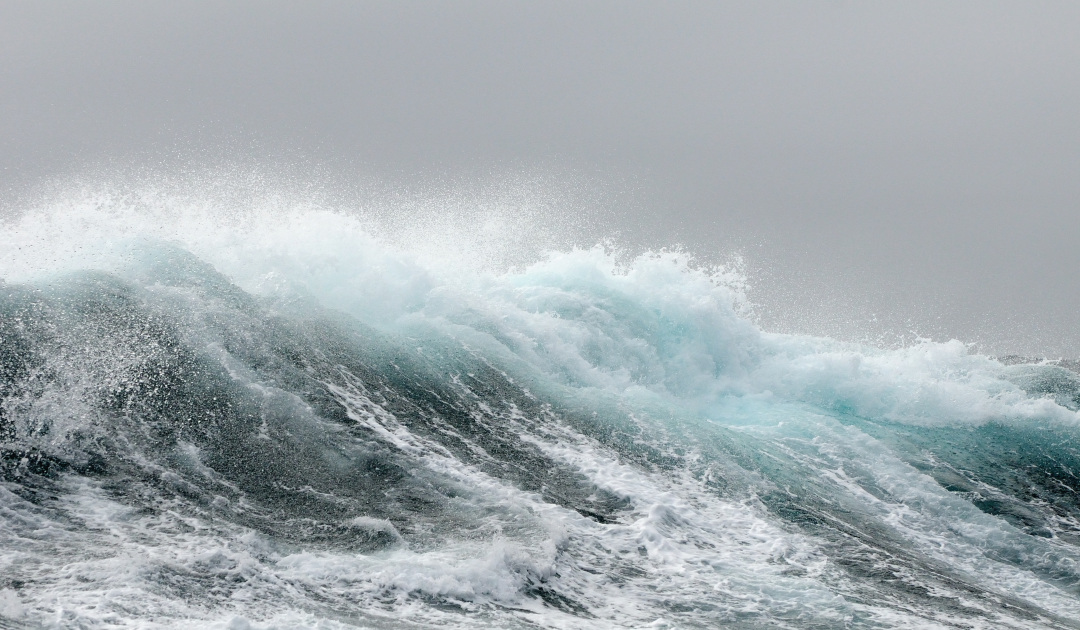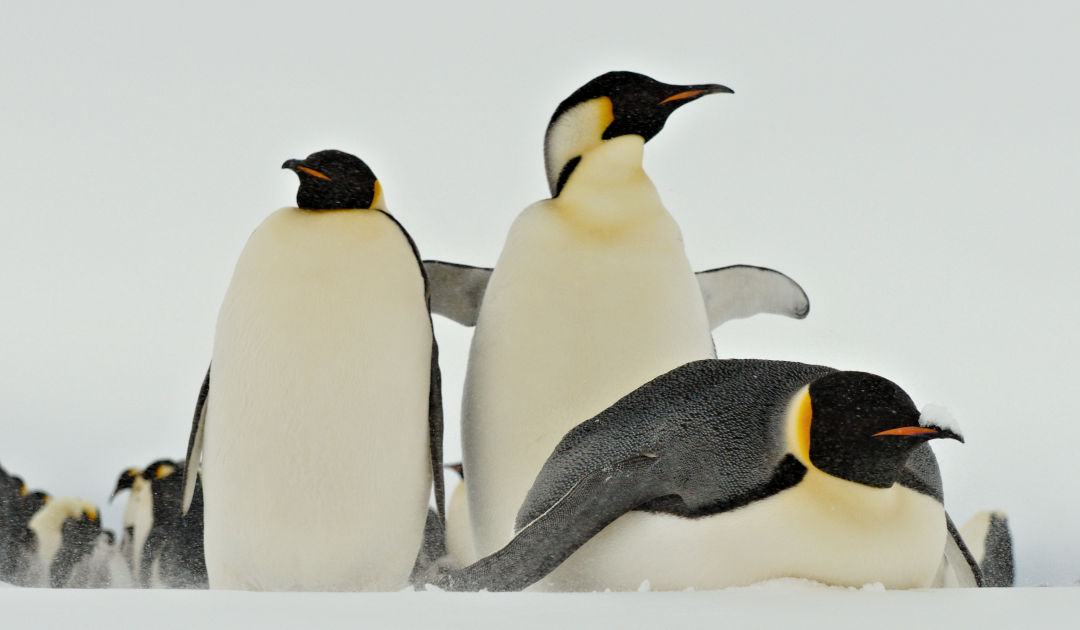
One of the most exciting Antarctic discoveries in recent years certainly was Shackleton’s ship Endurance in 2021. This was achieved thanks to an extensive search in the vastness of the Weddell Sea. But this was not the first expedition: Already in 2018/19, the South African icebreaker Agulhas II was searching for the ship in the Weddell Sea. On board were not only the wreck expedition, but also scientists looking for something different, namely microplastics. And indeed, the team found what they were looking for.
The British-South African research team led by Professor Lucy Woodall of Oxford University discovered microplastic fibers in the water, ice and above all in the air of the Weddell Sea. A total of 82 particles were detected in the samples, most of them in the air samples, followed by seawater and finally in the sediment. Of the microplastic particles detected, fibers from clothing made up the largest portion and were also most concentrated in ice. The results of the study have now been published in the journal Frontiers in Marine Science.


For their work, the researchers examined a total of 61 samples from the air, water, sediment and ice cores along the transect traveled by the research icebreaker in search of Shackleton’s ship Endurance. This gave the team the opportunity to study a larger area of the Weddell Sea, focusing not only on the pack ice as a microplastic sink, but sampling all media at once, a first according to the authors. The fibers were then separated according to density and size and analyzed in more detail to find out their original purpose. This showed that the fibers were mainly polyester and nylon, followed by polypropylene and acrylic fibers. While the water, ice and sediment samples further support the already known finding that microplastics are also in Antarctica, the fact that most of the fibers had been detected in the air takes it to a new dimension. “The problem of microplastics is also an airborne problem, reaching even the last pristine areas of our planet,” explains Professor Woodall.

The research team identified the southern part of South America as the most likely launch site for the airborne fibers after analyzing wind conditions and modeling trajectories. The fibers then would sink and settle on the pack ice or float on the water. Regarding the findings in the sediment samples, the researchers rather suspect deep currents or the slow sinking of the fibers in the water column. When asked about the possible sources, the authors write: “We are confident that the fibrous polyesters, which make up the majority of microplastics identified in this study, derive from synthetic fabric.” Other sources, however, are likely to be the numerous fishing vessels that fish for krill and Patagonian toothfish south of the convergence line. The researchers cannot confirm the previous thesis that mainly stations and research and tourism activities in the region were the main source of microplastic pollution.

The fact that the fibers can be airborne lead the team to suspect that birds and other animals might inhale the fibers, which could deposit them in organs. A recently published study in emperor penguins had not been able to detect microplastic particles, but had looked primarily at the digestive tract. Other studies had detected particles in other penguin species, but attributed this to the animals’ locations near heavier human activities such as stations. In addition, critics might fault the low number of microplastics found and call the team’s call for a strict contract to reduce plastic a “tempest in a teapot.” But Professor Woodall and her colleagues believe the time to act is now. “Yet again, we found that plastic pollution is transported long distances by wind, ice and ocean currents. Overall, the results of our research show how important it is to reduce plastic pollution worldwide.”
Dr Michael Wenger, PolarJournal
Feature image: (C) Nekton 2022
More on the topic





